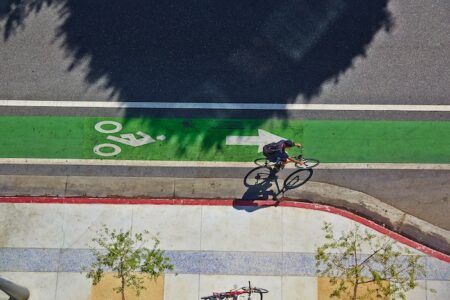Leading developer of connected car services and transportation analytics Inrix has introduced the first technology that uses ultrasonic sensors (USS) in vehicles to capture real-time parking occupancy information.
Generally used as ‘parking sensors’, USS units have been fitted to cars for many years to help drivers avoid bumping into objects when making low-speed maneuvers. While most drivers rely on these sensors to parallel park, Inrix has developed a new technology that uses USS to scan, collect and transmit real-time parking occupancy information to the cloud and ultimately help guide drivers to available spaces.
As a car moves down a street, ultrasonic sensors transmit sound waves and collect data on parked cars and empty spaces. This data is then sent anonymously to Inrix’s Parking Cloud platform to be analyzed and combined with the company’s existing parking availability prediction engine to determine block-by-block occupancy levels.
It is estimated that drivers searching for parking waste more than 17 hours per year, resulting in annual costs of US$375 in wasted time, fuel and emissions, while approximately 30% of urban traffic congestion is a result of drivers circling the block for parking.
The issue is not usually caused by a lack of available parking spots, but rather by a lack of information about where those open parking spaces are located. The new USS data will initially be used to enhance Inrix’s Parking platform, which provides a complete solution for drivers, helping them to easily find, compare, pay and navigate to the best parking spot. One of the most innovative features of the system is Inrix’s Parking Availability Engine, which forecasts occupancy levels for street and lot parking spots.
In 2016, Inrix launched the industry’s first real-time on-street parking service with BMW. The system relies on data from 300+ million connected cars and devices, machine learning, and predictive analytics to deliver the most accurate parking availability predictions available on the market. The addition of USS data to the company’s street parking product will enhance the quality, improve accuracy and expand coverage to additional blocks and cities.
Inrix has long been a leader in developing new technologies and applications to make use of the wealth of information contained in extended floating car data (xFCD). The company’s first implementation of using xFCD to improve the driving experience was Inrix Traffic, which collects anonymous GPS probe data from connected vehicles. Inrix also uses xFCD in its Incidents, Dangerous Slowdowns, and Road Weather, traffic information systems.




